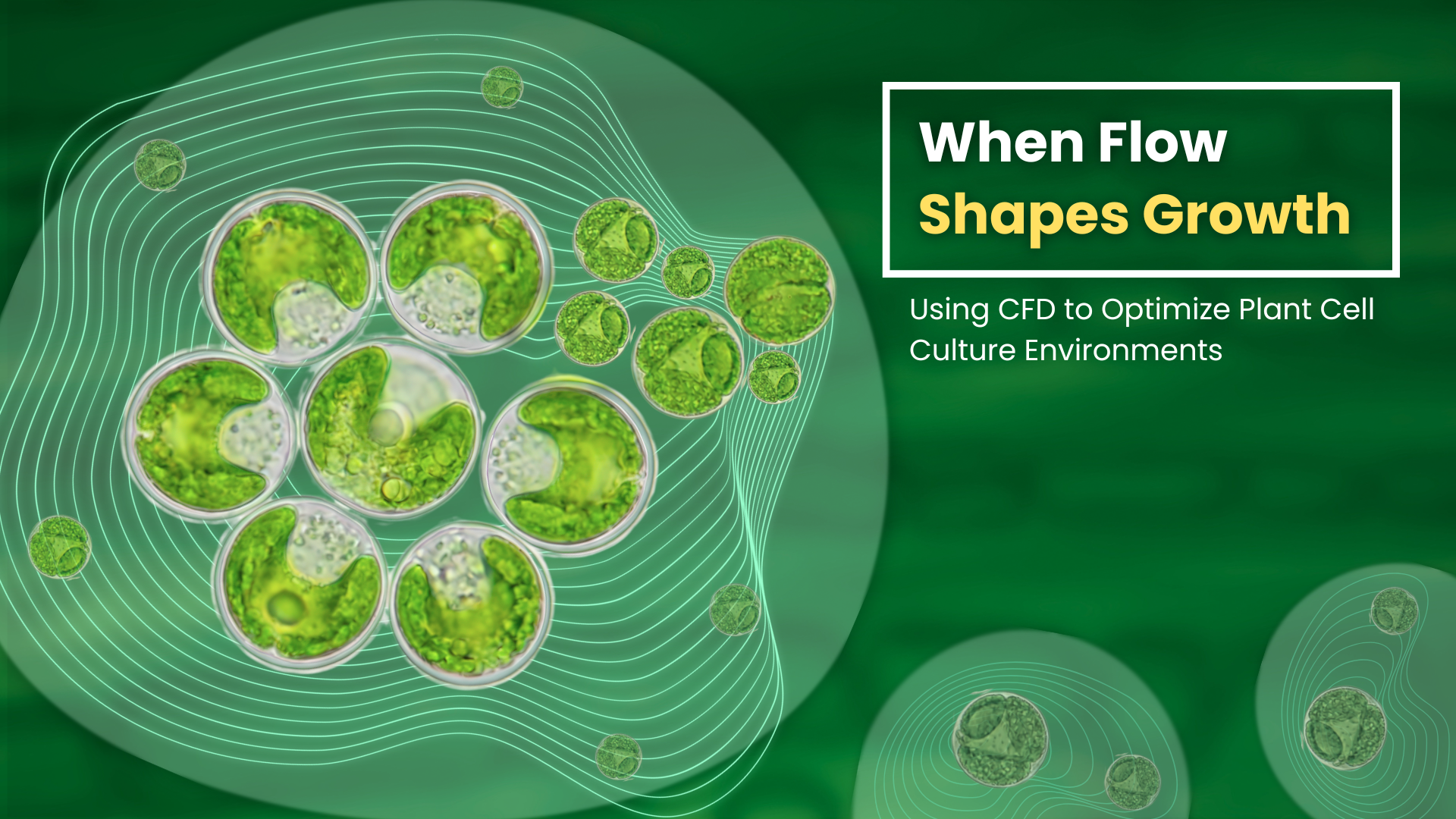
Spintronics, short for ‘spin electronics’, utilizes the spin of electrons, in addition to their charge, to store, process, and transfer information. This makes Spintronic devices very useful for storage applications, along with magnetic media (e.g., hard disk drives) and magneto resistive random-access memory, due to their advantages of higher speeds, lower power consumption, non-volatility, and enhanced performance.
A commonly-studied class of materials for spintronics devices includes transition metal chalcogenides (TMCs), which consists of transition metals (examples: iron, vanadium, tungsten, titanium, etc.) combined with chalcogen elements (e.g., sulphur, selenium, tellurium). These materials exhibit diverse electronic, optical, and mechanical properties, making them perfect candidates for applications in spintronic devices, quantum computing, and next-generation electronic components.
Iron ditelluride (FeTe2) is a TMC that has attracted significant research interest, particularly for its potential applications in spintronics.
FeTe2 exists in two known forms: marcasite and pyrite. Among these, the pyrite form is more stable, whereas the marcasite form (m-FeTe2) is metastable. Synthesizing marcasite FeTe2 is particularly challenging due to its narrow stability range in the Fe–Te phase diagram, and the instability of iron in the 4+ oxidation state. Additionally, achieving the growth of micron-sized, thin, single-crystalline layers of FeTe2 poses a significant challenge.
The methods usually used to grow high-quality FeTe2 nanocrystals and thin films include molecular beam epitaxy (MBE) and chemical vapour deposition (CVD).
In MBE, when m-FeTe2 thin films were grown on MgO (magnesium oxide) substrates, they exhibited semiconductive transport properties with ‘holes’ as the dominant charge carriers. The properties of these films were found to be strongly dependent on thickness and structural disorder.
On the other hand, conventional CVD methods resulted in the formation of mixed phase m-FeTe2 nanoflakes. Achieving both micrometre-scale size and ultrathin FeTe2 crystals using standard CVD remains difficult. Therefore, alternative growth approach is required to overcome these limitations.
It has been suggested that the vapour-liquid-solid (VLS) growth mechanism in the salt-assisted atmospheric pressure CVD (SAPCVD) process is more advantageous than the vapour-solid (VS) growth process in conventional CVD. This is because VLS growth facilitates the large-scale synthesis of lateral flakes, achieving dimensions of a few tens of micrometres, which is a significant improvement over conventional methods.

In this study, the authors Ms. Bidisha Priyadarsini Jena and Dr. Sudakar Chandran from the Multifunctional Materials Laboratory, Department of Physics, Indian Institute of Technology (IIT) Madras, Chennai, India, demonstrated the growth process of the marcasite-type orthorhombic phase of iron ditelluride (m-FeTe2) using the SAPCVD growth technique. The resulting hexagonal FeTe2 crystals exhibited lateral dimensions exceeding 100 microns, which is a seminal achievement in the synthesis of large, high-quality FeTe2 nanocrystals.
To summarise, marcasite-phase FeTe2 nanocrystals were successfully grown using the SAPCVD growth process, under both rapid- and slow-cooling conditions. The underlying growth mechanism was analysed using a scanning electron microscope. This study demonstrates that SAPCVD can be effectively used to synthesize large, micrometre-sized FeTe2 nanocrystals, whose ferromagnetic properties makes them an excellent choice for spintronic applications.
Dr. A. K. Tyagi, Dean and Senior Professor at Homi Bhabha National Institute, Mumbai, India, acknowledged the importance of the work done by the authors with the following comments: “The growth of 2D FeTe₂ nanomaterials with controlled stoichiometry remains challenging. Understanding their properties and stoichiometry at the nanoscale is also elusive. This study highlights the intriguing magnetic properties of FeTeₓ micron-sized thin nanocrystals, where x ranges from 1.3 to 2.1. The growth mechanism and conditions for synthesizing FeTe₂ and FeTeₓ (with x < 2) nanocrystals using a modified CVD method pave the way for their potential applications in spintronic devices.
Researchers have successfully developed micrometer-sized iron ditelluride (FeTe₂) nanocrystals using a salt-assisted atmospheric pressure chemical vapor deposition (SAPCVD) method, overcoming a long-standing challenge in material synthesis. This breakthrough enables the production of FeTe₂ layers with lateral dimensions reaching up to 150 μm and thicknesses as thin as 10 nm—up to 100 times larger than those produced via conventional methods.
The study reveals that crystal growth follows a non-classical pathway, where nanoparticles fuse to form larger, iso-oriented structures. Notably, the cooling process significantly influences the magnetic properties of the nanocrystals. Both rapid and slow-cooled samples exhibit room-temperature ferromagnetism due to surface disorders and vacancy defects. However, at lower temperatures, rapid cooling enhances coercivity and induces a weak antiferromagnetic (AFM) transition, whereas slow cooling results in a sharper AFM transition due to variations in the Fe:Te stoichiometry.
This pioneering work not only provides insights into controlling FeTe₂ nanocrystal growth but also highlights their potential for next-generation spintronic devices”.
Article by Akshay Anantharaman
Click here for the original link to the paper










